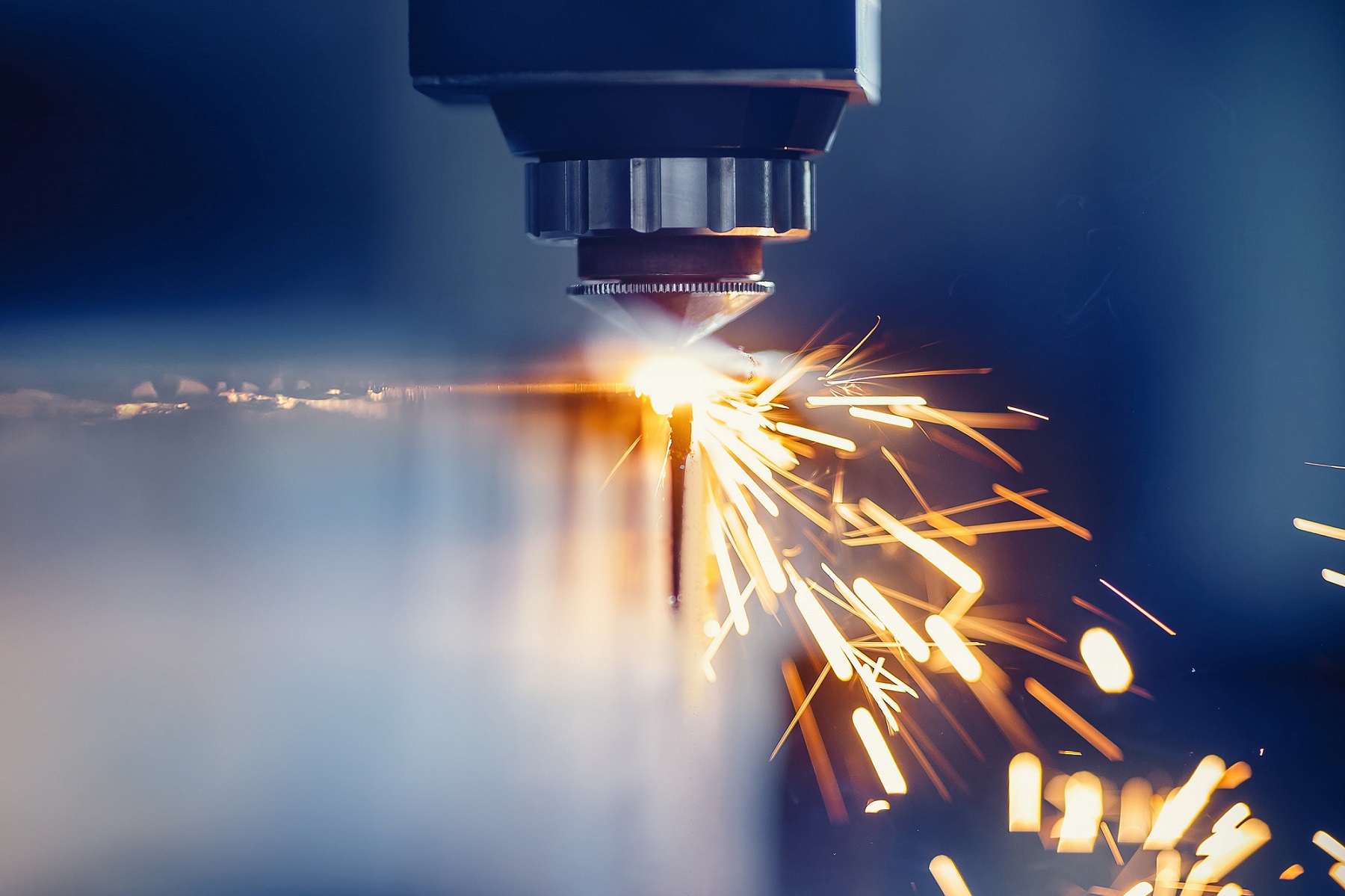About a quarter of global CO2 emissions can be attributed to the industrial sector. With a combination of measures, industry can reduce these emissions to almost zero. What investments are needed for this? And what will be Europe's responsibility? This is what the 'Green Industrial Revolution' report recently published by our research department is about.
According to our calculations, the industrial sector is responsible for a quarter of global CO2 emissions. To decarbonize the industrial sector worldwide, a total of 2,700 billion euros of investments will be necessary by 2050. The European Union represents 8%, or 210 billion euros. Half of this amount is needed for the electrification of industry. The rest goes to the use of hydrogen, innovative production processes and new technologies. The money needed for carbon capture and storage (CCS) is not yet included. This would represent 330 billion euros of additional investment.



